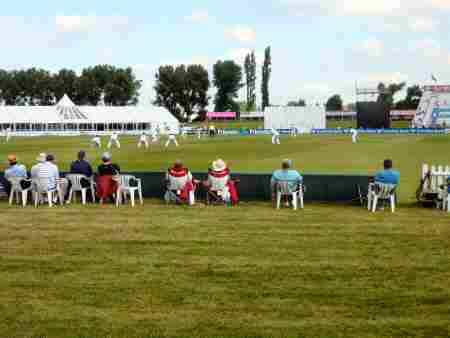CHADDESDEN
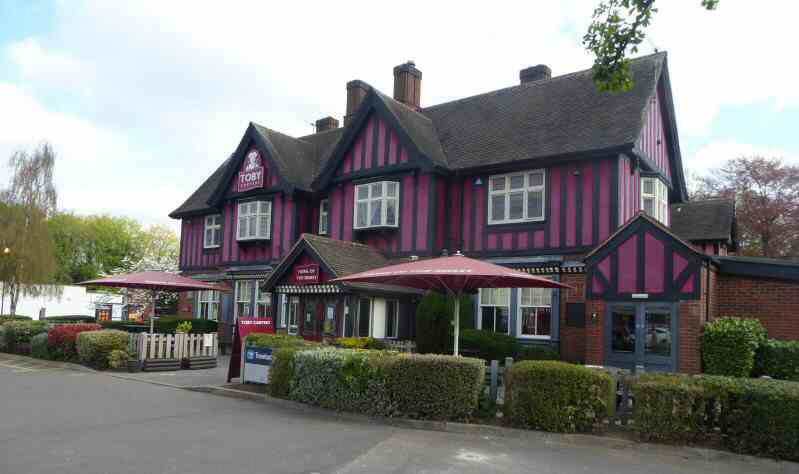
INFORMATION
Where is it? – Chaddesden is 2.5 miles east of Derby with the A52 road forming its southern boundary.
What to do? – enjoy a walk around Chaddesden Wood (Oakwood) now a Nature Reserve – explore Chaddesden Park with its mature trees and numerous leisure activities – take a trip down Meadow Lane and cross the impressive new pedestrian bridge over the A52 to the Wyvern Retail Park.
Where to eat? – There are several pubs and restaurants in Chaddesden that provide refreshments.
Other places to visit – Elvaston Castle Country Park, which was the first Country Park to be opened in Britain. Set in 200 acres of parkland with an ornamental lake, extensive gardens, stony grottoes, rock archways and many other interesting features – a more peaceful and pleasant spot than Dale Abbey is hard to find in the whole of Derbyshire. Here you will find a Hermit’s Cave, abbey ruins and one of the most unusual churches in the country – Derby Arena provides a venue for sporting events as well as exhibitions, concerts, product launches and conferences. The Arena’s cafe, Café 42, is an excellent place to take refreshments and at peak periods watch cyclists riding the track in the background.
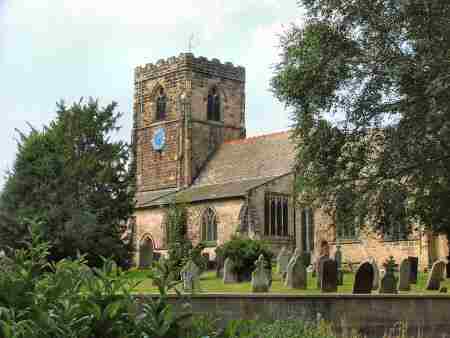
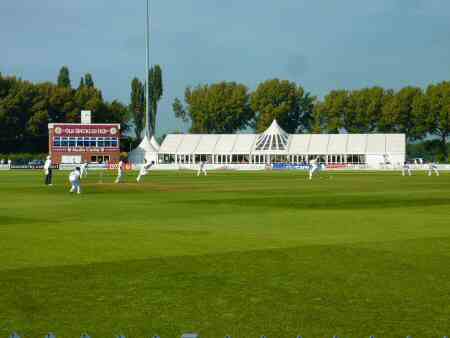
PROFILE
Chaddesden which the local people call ‘Chad’ is one of Derby’s largest suburbs. Until the early 1900s, it was a small independent village in the countryside like several others. However, boundary changes in 1901, 1928, 1934 and finally in 1968, resulted in many villages being absorbed into the county town and completely losing their identities. Present-day Chaddesden is a mixture of modern housing and older council houses, many of which are now privately owned. The estates mostly comprise properties built in the early 1950s. They provided homes for people from Derby’s West End whose poor-quality homes were being demolished.
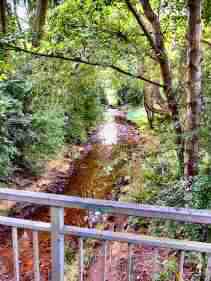
The first written evidence of Chaddesden’s existence is in the Domesday Book when 26 families were recorded living there, with a total population of around 100. At that time the village formed part of Spondon, and it was not until after a chapel was built in Chaddesden in the 14th century. The diocesan bishop gave the right to bury the dead in the churchyard and not at the church in Spondon. Before that, the dead had to be carried to Spondon across Chaddesden Brook, which was prone to flooding, thus rendering the journey impossible at times. Permission was only granted on the condition that the fees should still go to the vicar of the mother church.
Chaddesden Hall
In 1839, the Midland Counties Railway laid the line from Nottingham to Derby through Chaddesden. However, it was not until the early 1900s that major changes started to occur. In 1901 the fifth baronet, Sir Henry Wilmot, died and the hall was inherited by his nephew but the baronet’s sister continued to live there until she died in 1916. A few years later the estate was sold and the hall was demolished. This provided the council with the opportunity they were looking for to purchase land for re-housing purposes. Some land was also purchased by private developers.
In 1921, Chaddesden’s population was 560 but, by 1961, it had risen to 15,622. Its proximity to Derby and improving communication facilities were crucial factors which made the location a very attractive one. The railway industry and its numerous suppliers were mostly on the eastern side of the town and provided jobs. This meant for many Chaddesden residents that it was relatively easy to get to work. The former site of Chaddesden Hall and some of the parkland, now known as Chaddesden Park, was retained and leased to the parish council, later to be purchased by the borough council.
Chaddesden Park
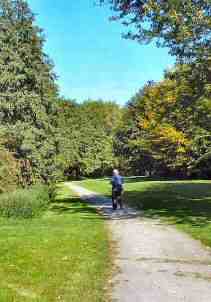
Early in the 1920s part of the Wilmot estates was reserved for use as a public amenity. A park was created, running north-to-south from Maine Drive to Nottingham Road. It caters for several activities including an outdoor children’s paddling pool, crown green bowling, football and cricket pitches. The woodland in the park is a mix of mature trees with a stream running through the centre. A very popular event held on an annual basis is Chaddesden Carnival, referred to locally as ‘The Big One’. A comprehensive list of events takes place every year in the park.
Chaddesden – St Mary’s Church
St Mary’s has been the Parish Church of Chaddesden since at least 1347 the date of the earliest recorded reference to the church. The chancel of the present building dates from that period, with the nave, aisles and tower being later additions. The church had a long association with the Wilmot family who lived at the now-demolished Chaddesden Hall. Monuments of several members of the family can be seen in the churchyard. In 1952, the church was designated as a Grade I listed building.
Chaddesden Lane
Shortly after Chaddesden Hall had been demolished in the late 1920s, new houses were built along Chaddesden Lane. It eventually joins Morley Road, where situated on the corner of Chapel Lane, is the Wilmot Arms public house. It has been in existence at least since 1770 and was originally called the Wheel, but as it was near the church and hall, it was later renamed the Wilmot Arms. At one time it was the main pub in the old village.

Derby Race Course, Nottingham Road
After losing out to the rapidly expanding railways, racing was re-established on land to the east of the Derby Canal. The first meeting took place in May 1848. The stand was designed by Henry Duesbury and replaced in 1911 by a larger one. The last meeting was held on 9 August 1939, when Gordon Richards (later Sir Gordon} rode one of the winners. The Racecourse Ground (now the Incora County Ground) has been the home and still is, of Derbyshire County Cricket Club, which was established in 1870.
Nottingham Road Cemetry
In 1854-55, Derby’s second cemetery was built in the meadows along the foot of Chaddesden Hill. It originally occupied 32 acres of land, but was extended by 10 acres in 1880 and 9 acres in 1898. Part of the cemetery has been included on the English Heritage Register of Parks and Gardens of Special Historic Interest in England. The Gatehouse and Lodges of the cemetery are Grade II listed.
One of the few open spaces remaining on the northeast side of Chaddesden was acquired in the 1980s for development. Despite local opposition, permission was granted for a new estate to be built and named Oakwood. Fortunately, Chaddesden Wood survived and still retains its old name despite now being part of Oakwood. It covers 23 acres and is home to the only ancient oak woodland in Derby. In April 1991, it was declared a Local Nature Reserve. As a result of the action taken, wildlife will be protected and be of considerable value to future generations for recreational and educational purposes.

